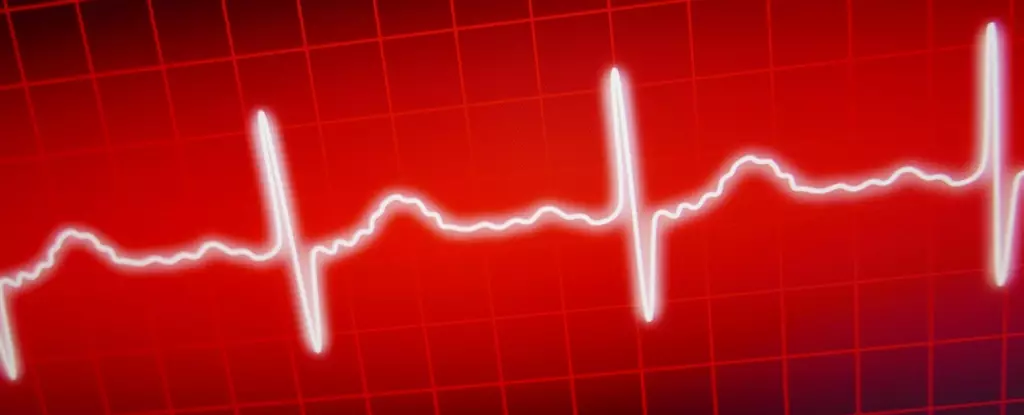Cardiac arrest is a critical medical emergency that requires immediate intervention. Approximately 70% of all cardiac arrests occur outside of a hospital setting, and the chances of survival diminish significantly with each passing minute without treatment. Understanding how to use a defibrillator effectively can make a dramatic difference in outcomes for individuals experiencing this life-threatening condition. Recent research has illuminated an often-overlooked aspect of defibrillator use: the positioning of defibrillator pads.
A recent study spearheaded by researchers from Oregon Health and Science University (OHSU) has revealed compelling evidence regarding the placement of defibrillator pads during resuscitation efforts. The study observed 255 instances in which the Tualatin Valley Fire & Rescue team responded to cardiac arrests between July 2019 and June 2023. The findings indicate that positioning one pad on the front and another on the back of the patient—known formally as anterior-posterior (AP) placement—was markedly more effective than the common anterior-lateral (AL) placement of one pad on the front and another on the side.
More specifically, the study reported that the likelihood of achieving return of spontaneous circulation (ROSC) was 2.64 times greater with the AP pad placement strategy compared to AL placement. This significant difference suggests that the AP arrangement allows electrical currents to pass more effectively through the heart, potentially invigorating its function more reliably. “I didn’t expect to see such a big difference,” remarked Joshua Lupton, an emergency medicine assistant professor at OHSU, emphasizing his surprise at the magnitude of the outcome.
Though new findings highlight the efficacy of AP placement, it is essential to recognize that both AP and AL configurations are common in medical practice. Typically, the AL arrangement is more recognizable to the general population, especially in cases involving adult patients, while AP positioning is frequently utilized for infants. Despite the longtime use of both methods, limited research has been dedicated to formally comparing their effectiveness in adult cases of cardiac arrest.
The mechanics behind AP placement’s success may lie in its ability to “sandwich” the heart between the pads. Mohamud Daya, a professor of emergency medicine at OHSU, states, “The key is, you want energy that goes from one pad to the other through the heart.” This describes a crucial mechanism whereby the energy released by the defibrillator is channeled more efficiently directly through cardiac tissue, enhancing the chances of restoring a normal rhythm.
While the results from the study are promising, there are inherent limitations that merit consideration. It is crucial to note that the research was observational rather than carried out under strictly controlled conditions. This can lead to variations influenced by numerous external factors, making it difficult to attribute outcomes solely to pad placement.
Moreover, the practicality of implementing AP placement cannot be overlooked; it is often more complicated to apply than AL placement. For emergency responders, especially in high-stress situations, the easier application of AL positioning may be a determining factor, despite potential decreases in effectiveness.
Additionally, it’s critical to understand that while pad placement can influence the immediate response of the heart, it is just one component in the complex recovery process. The study highlighted that although AP placement showed a difference in achieving ROSC, there was no significant disparity in survival rates or the number of patients being discharged from hospitals. This illustrates that achieving ROSC does not directly correlate to long-term rehabilitation success.
Given that only about 10% of individuals experience successful outcomes following out-of-hospital cardiac arrests, the imperative for further research is clear. While these findings indicate that specific adjustments in defibrillator pad placement can enhance immediate results, healthcare providers must approach resuscitation as an integrated process. Continuous training, awareness, and research remain essential in refining techniques and improving patient survival rates in emergency medical care. As Joshua Lupton notes, “The less time that you’re in cardiac arrest, the better,” highlighting that prompt action, combined with effective techniques like optimal pad placement, could potentially save lives in those critical moments when seconds count.


Leave a Reply